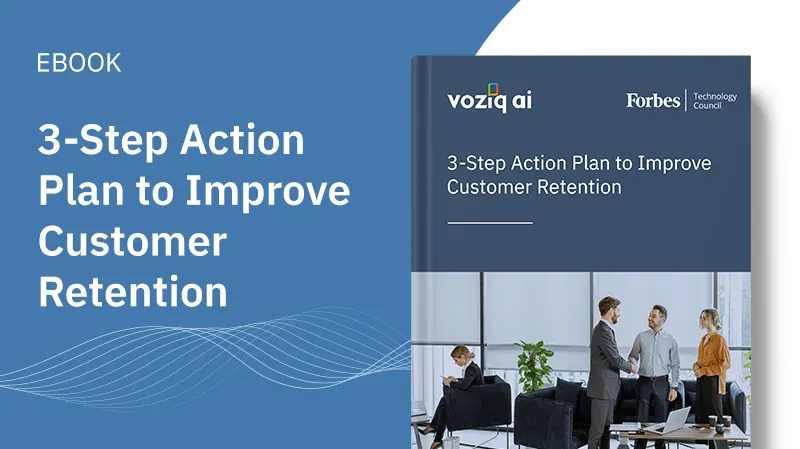Three Reasons Why Retention is an Agility Sport

Three Reasons Why Retention is an Agility Sport
Today, an effective retention strategy has to be quick and agile in responding to the growing complexity of customer churn. It’s because customers have plenty of options to choose from and have a pretty shallow barrier to switching their service provider, so much so that about 30%-40% of customers continue to switch brands, according to McKinsey.
Companies should be swift in customer retention efforts in such a landscape, especially considering customer expectations continue to evolve. Here are three significant reasons why customer retention is an agility sport.
1.Your retention strategy must be proactive.
Waiting for customers to call and tell an agent, they are canceling can reduce the chances of reversing their decision by half. It is too late to save a customer when they have decided to cancel because they probably have had a bad experience or have been thinking about canceling for a long time. Therefore, acting before churn hits is vital. Being proactive in retaining customers enables you to identify and address an issue early before it becomes a potential churn driver.
2.Identifying and targeting the right at-risk customers is critical.
Many retention efforts fail because they target the wrong set of customers, thus ending up trying to retain customers who aren’t at risk. Besides incurring high costs, it often leads to a negative customer experience through unnecessary contact.
Companies must perform a customer-level risk analysis across the buying journey. Doing it ahead of time will allow for improving the retention ROI. It allows them to segment their customers by risk level and be agile in addressing risk by extending personalized offers.
3.Your frontline must have every guidance they need.
Frontline agents are the first go-to source for customers, and in a manner, that’s the focal point of your retention efforts. However, when the agents don’t have the required intelligence to resolve the concern of a dissatisfied customer on call, it can amplify the likelihood of churn.
Agents must have all the insights and guidance to effectively engage with the on-call customer and offer a satisfactory resolution. Additionally, they should have a certain degree of decision-making freedom, so they don’t have to check with their supervisors while putting an angry customer on hold.
It’s also important to note that not every agent is skilled enough to retain every at-risk customer. Hence, you should ensure that a call from a high-risk customer is routed to an agent specialized in handling such risk segments.
The need for an agile customer retention strategy can be likened to military warfare. Using a battleship or an aircraft carrier to win the churn battle will not be impactful as it is not swift and scalable enough. It will be unable to react quickly to emerging churn risks. Instead, it would help if you had a destroyer – fast, easy to maneuver, focused, and accurate.
Targeting the right customers at the right time and in the proper manner is the key to the success of a retention strategy. AI and machine learning play a crucial role in ensuring that.
This blog was Originally published at Customerthink






